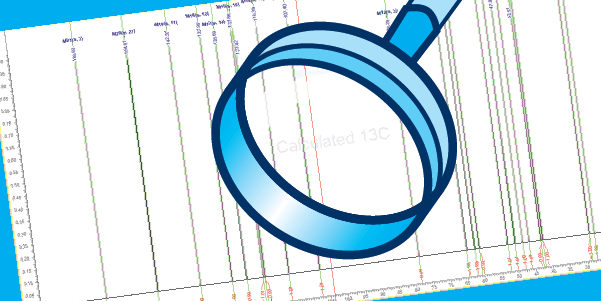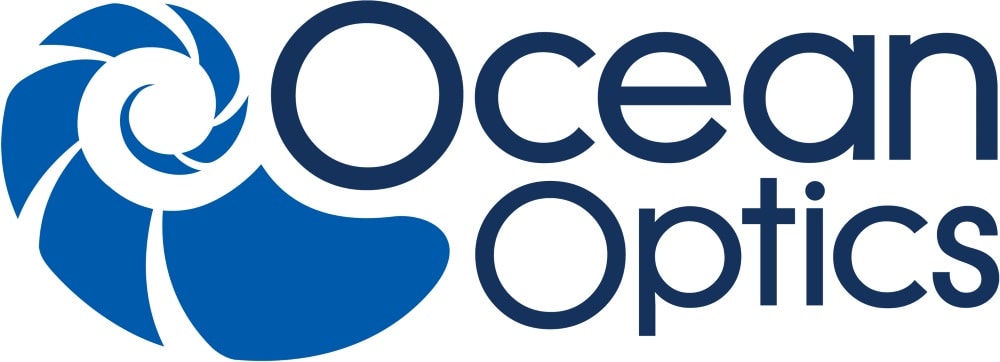Over the past two decades, market pressure has led to increased demands for development of New Molecular Entities (NME’s).1 In response, the pharmaceutical industry has attempted to accelerate this by implementing more efficient, higher volume techniques into development procedures. These include, high-throughput screening, parallel synthesis, and absorption, distribution, metabolism, and excretion toxicology (ADMET) predictions. Natural product discovery programs reveal chemical diversity that can complement high-throughput screening efforts. However, this is only worthwhile if the active components in natural product mixtures can be reliably separated and quickly identified. The practice of screening active compounds early in the development process for recognizing and eliminating known compounds is called dereplication. This enables scientists to focus on testing truly ‘unknown’ compounds.
There are two conditions that must be fulfilled for efficient dereplication:
- One must be able to easily identify characteristic spectral ‘fingerprints’ of unknown compounds.
- One must have access to databases containing spectra of known structures.
NMR and MS spectra are typically used for dereplication. High resolution MS is the simplest and fastest to record, but it lacks the structural information that NMR provides. 1H NMR is a fast and straightforward technique that includes structural information. However, a 1H NMR spectrum is not a reliable fingerprint because of its limited resolution and the fact that measured spectra can be affected by factors like pH, concentration, and solvent effects. The 13C NMR spectrum of a compound, on the other hand, can be considered an effective fingerprint since it is virtually unaffected by the aforementioned conditions. It is also largely magnetic field independent, since there are no couplings that could cause variations in stronger or weaker fields. As a result, it is very easy to predict accurately.
To satisfy the second condition, one can consider using databases of real spectra or predicted spectra. Databases of real spectra usually contain a limited number of structures, and their spectra may not be ideal. On the other hand, there are several “open” databases with millions of chemical structures that could be used to predict 13C spectra, an example is PubChem.2 The benefits of using predicted spectra are that they are magnetic field independent, can be adjusted for solvents, and can be very accurate depending on the algorithms used.3






